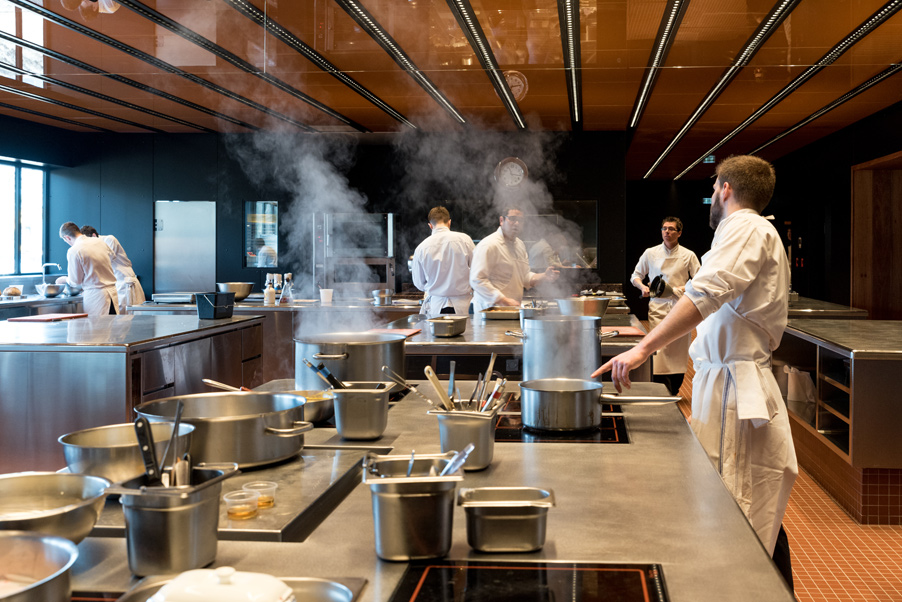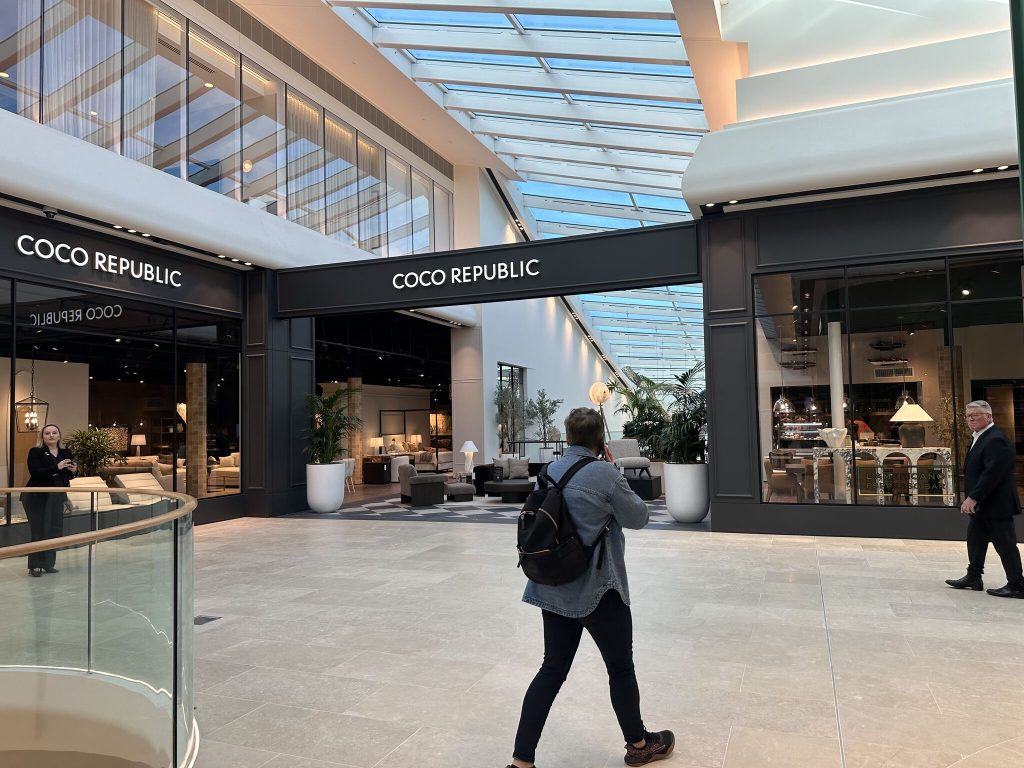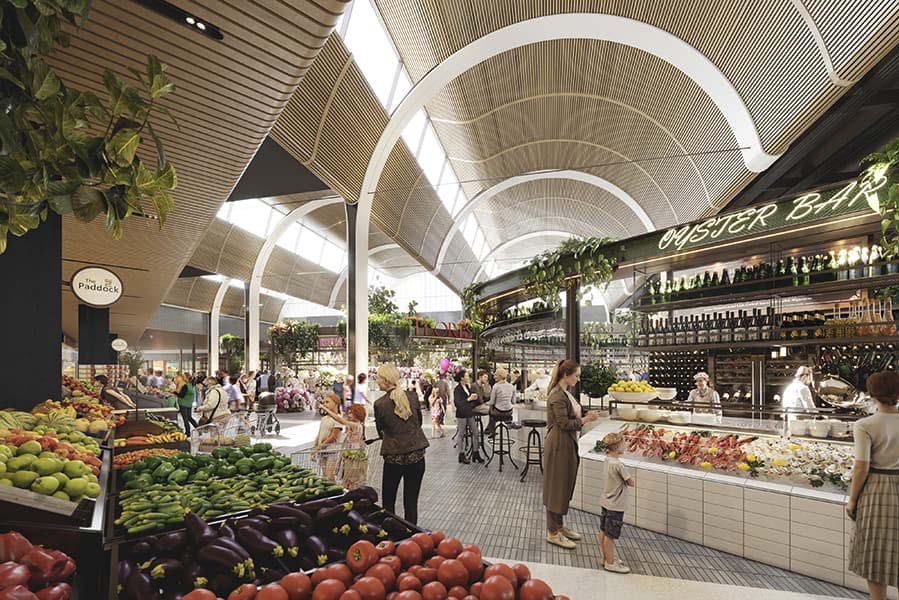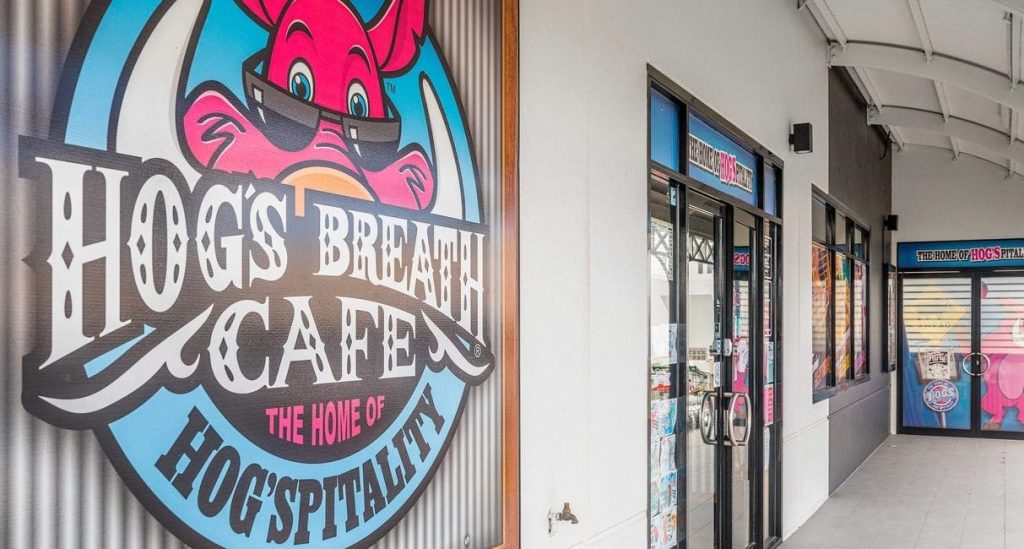You could never operate an entire food court without gas. Or could you? Suzee Brain maintains you can; it’s a radical change but there’s nothing new in that. Radical changes have occurred before…
SUZEE BRAIN
Director,
Titanium Food & Place
Changes to the Six-Star Green Star rating systems to totally ban gas as an energy source in 2025 mean many of our clients are wondering how to implement ‘all electric’ cooking in Food and Beverage (F&B) precincts. This is no easy feat to accomplish. Gas has been the backbone of F&B facilities. Chefs love the instantaneous control of heat to move from ‘sear’ to ‘simmer’ that creates the unique flavour profiles of so many of our favourite dishes like juicy steaks, charred burgers and smoky stir-fries. Piped gas is also considerably cheaper than electricity.
These two elements of instantaneous control and lower costs mean F&B operators are reticent to convert their fit-out plans to include all-electric cooking.
So how can landlords and government agencies meet their ESG commitments and Green Star targets with this level of resistance from tenants?
Change happens with committed vision
B&P has been successfully creating change in Australian F&B precincts for 22 years. Even Frank Lowy didn’t believe food court operators would ever agree to food being made freshly to order, served on real plates from tenancies fitted out using a material palette stipulated by the landlord. Yet the Level 5 Café Court at Westfield Bondi Junction disrupted the model when it opened in 2000 and was a runaway success. In 2019, we worked with UTS to open the new Food Hall in its UTS Central development, where no plastics were permitted – right down to water bottles and the tiny fish-shaped soy sauce portions. Not a single lease deal was lost because of this lease condition and the site has just been listed as a finalist in the 2021 RICS award for this initiative.
These changes were successful because of a committed vision from the outset by the landlord, adopted across the entire development team, including leasing agents and retail design managers (RDMs) from the commencement of engagement with prospective tenants. It is the same strategy B&P intends to adopt again with our many clients to implement gas free F&B over the coming years.
Here’s our three-step process to successfully implement radical change with F&B operators:
Step 1:
Go hard, go early
Just like the NZ Prime Minister during the pandemic, commit early in the development and let everyone know the ‘no gas’ vision. A no gas policy needs to be supported above at PCG or board level and below from the development manager, project manager, leasing team, operating team and the tenants.
Build a positive story around the vision and benefits of the strategy so that leasing can be channelling this vision to market from the outset, allowing tenants time to embrace the initiative.
Step 2:
Calculate offsets and educate designers and operators
The biggest objection from tenants regarding the shift to electricity in F&B outlets is about the increased cost of equipment and energy. Savvy developers and leasing agents will have thought through this objection and many have worked with B&P, commercial kitchen design and equipment specialist, The Mack Group and ESD Specialist, The Footprint Company to prepare a cost-benefit analysis.
Educating the end users/retailers on the multiple benefits on all electric cooking and how it can be cost efficient over the long run is key. Induction cooking creates less heat in the kitchen than gas-powered cooking, so there are savings to be made in air conditioning costs. It creates better working conditions in the kitchen. We have also proved in our work that most F&B outlets can save at least 30% on their energy costs by selecting better equipment and materials during the schematic design phase.
The Footprint Company has created self-paced webinars and online calculators to assist RDMs and tenants improve the energy efficiency and carbon footprint impact of retail tenancies so they can make a positive offset.
Step 3:
Incentivise the additional cost
Suppose the additional cost of the equipment can’t be offset by improving the tenants’ design and educating their energy consumption. In that case, include rental incentives in the lease negotiations or landlords can opt to warm shell.




